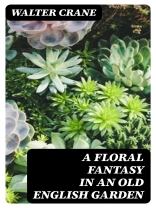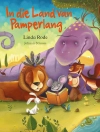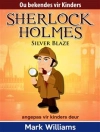In ‘A Floral Fantasy in an Old English Garden, ‘ Walter Crane artfully blends enchanting illustrations with evocative prose, creating a visual and literary experience that transports readers into a Victorian horticultural dream. This work exemplifies the aesthetic movement of the late 19th century, where nature and art collide, and is marked by its rich symbolism and intricate depictions of flora, capturing the imagination and leading to reflections on the natural world. The book serves not only as an exploration of a beautifully imagined garden but also as an allegorical representation of the relationship between humanity and nature, inviting readers to ponder their place within this vibrant ecosystem. Walter Crane (1845-1915) was a renowned artist and illustrator, well-known for his contributions to children’s literature and the Arts and Crafts movement. His background in artistic design and commitment to the principles of beauty and craftsmanship significantly influenced his work in ‘A Floral Fantasy.’ Crane’s passion for gardening and deep appreciation for botanical subjects are evident throughout the book, reflecting both his personal interests and broader cultural influences of the time. I wholeheartedly recommend ‘A Floral Fantasy in an Old English Garden’ to those who appreciate the delicate interplay of art and literature, as well as to nature enthusiasts. This volume showcases Crane’s remarkable talent and remains a timeless celebration of the beauty found in the natural world. Its exquisite illustrations and poetic language are sure to resonate with readers seeking harmony in both artistic form and thematic content.
Sobre el autor
Walter Crane (1845–1915) was an eminent figure of the Arts and Crafts Movement, a book illustrator, and a key contributor to children’s literature aesthetics during the late 19th and early 20th centuries. Born in Liverpool, England, he exhibited a flair for the arts from an early age, ultimately studying wood engraving and thus beginning a lifetime’s journey that would see him redefining the illustration of children’s books. His style, which often showcased lush florals, detailed line work, and vibrant colors, was influenced by his socialist beliefs and a desire to bring art into the everyday lives of people.
Crane’s contributions to literature are not solely visual; he penned several books. His ‘A Floral Fantasy in an Old English Garden’ sets a prime example of his literary and visual artistry, where his distinctive illustrations complement the narrative, creating an immersive experience. The book, much like his other works, reflects Crane’s love for the natural world and his mastery in ornamentation and design. It stands as a testament to his visionary approach to book illustration, which was to merge the pictorial and textual components of a book into a cohesive whole, aiming to delight both children and adults with a synthesis of art and storytelling. Crane’s literary style is marked by a romantic and sometimes whimsical quality, with his illustrations serving as both enhancements to the text and richly symbolic artwork in their own right.












